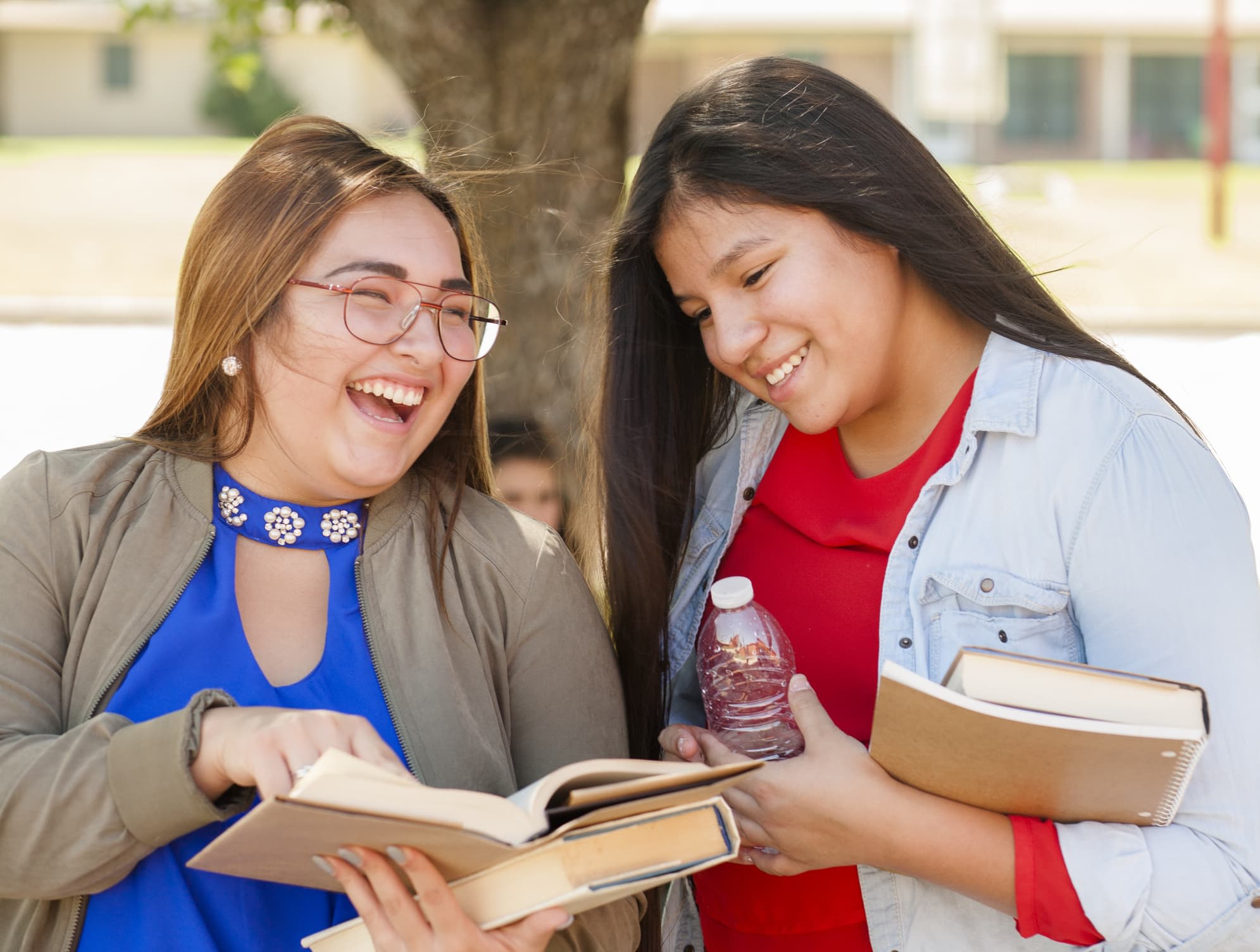Higher education institutions have a responsibility to provide support and resources for all students, including Native and Indigenous American students. These students face unique challenges and barriers in the college environment, and it is important for colleges to take proactive steps to ensure their success and well-being.
One way colleges can support Native and Indigenous American students is by creating a culturally inclusive and welcoming campus environment. This can be achieved through a variety of means, such as incorporating Indigenous perspectives and content into the curriculum, hosting cultural events and celebrations, and providing spaces for Indigenous students to gather and connect with one another.
Additionally, colleges can offer support services specifically tailored to the needs of Native and Indigenous American students. This could include access to mental health counseling services that are sensitive to the unique cultural and historical traumas experienced by Indigenous communities, as well as academic support programs that address any gaps in preparation or learning style that students may have.
Financial support is also crucial for Native and Indigenous American students, many of whom come from low-income backgrounds and may struggle to afford the rising costs of higher education. Colleges can provide scholarships, grants, and other forms of financial aid targeted specifically at Indigenous students, as well as assistance in navigating the complexities of the financial aid process.
Furthermore, colleges can collaborate with local Indigenous communities to build partnerships and create opportunities for students to engage with and learn from Indigenous elders, leaders, and professionals. These partnerships can help students develop a deeper understanding and appreciation of Indigenous cultures and histories, as well as provide valuable networking and career opportunities.
In order to effectively support Native and Indigenous American students, colleges must also prioritize diversity, equity, and inclusion in all aspects of their campus policies and practices. This includes hiring diverse faculty and staff, implementing diversity training for all members of the college community, and actively working to dismantle systemic barriers that may disproportionately impact Indigenous students.
By taking these proactive steps, colleges can create a more inclusive and welcoming environment for Native and Indigenous American students, and help ensure their success and well-being throughout their college experience. It is crucial that colleges recognize and address the unique challenges faced by Indigenous students, and work to create a campus culture that values and celebrates their diverse perspectives and contributions.
